Give No Pest a Chance in Your Home!
Great products for Pest Control!
Shop with usBest Sellers
-

Bonide MOLEMAX 10 lbs Castor Oil Repellent Granules
$19.52 Buy Now -
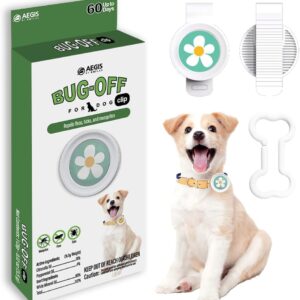
Bug‑Off Clip Natural Flea, Tick & Mosquito Repellent Collar for Dog
$14.99 Buy Now -
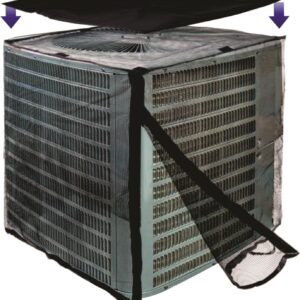
Modern Wave 32×32×36 inches Mesh AC Unit Protector
$33.99 Buy Now -

OFFO Black Stainless Steel Bird 10 Feet Spikes for Pigeons
$32.99 Buy Now -
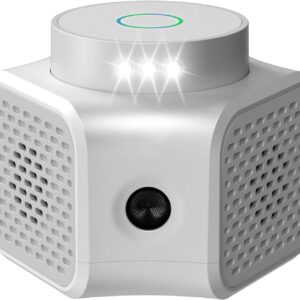
Ultrasonic Mouse Repellent Plug-In, Indoor Rodent and Insect Deterrent
$39.99 Buy Now -
Sale!

23.6 inch Battery Powered Sprayer Wand with Telescopic Lance
$30.00Original price was: $30.00.$26.99Current price is: $26.99. Buy Now -
Sale!

Dog Allergy Relief & Flea + Tick Prevention Chew Bundle
$18.98Original price was: $18.98.$17.99Current price is: $17.99. Buy Now -
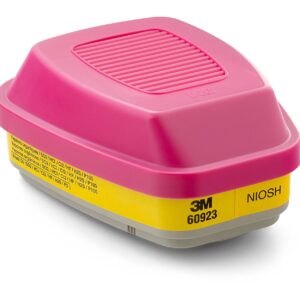
3M 60923 Organic Vapor/Acid Gas Cartridge/Filter P100, 10 Filters
$139.99 Buy Now
Recent Additions
-
Sale!
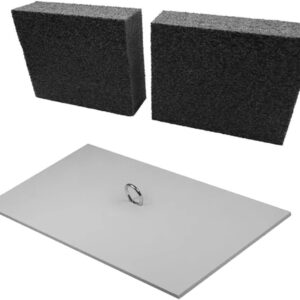
Exterior Crawl Space Vent Cover with 2-inch Insulation Blocks
$224.39Original price was: $224.39.$31.97Current price is: $31.97. Buy Now -

Waterproof Reusable Zippered Shoe Covers, Non-Slip Rain Overshoes for Adults and Kids
$12.49 Buy Now -

Rainbowstar Walking Boot Bed Cover for Clean, Snag Free Sleep
$18.99 Buy Now -

TIMESETL 304 Stainless Steel 10-Mesh Wire Sheet, 12 x 24 inches
$13.99 Buy Now -

30×200 cm 304 Stainless Steel Filter Screen Mesh, 30-mesh 0.7 mm Opening
$29.58 Buy Now -

3-Pack Pump Sprayer Replacement Handles for Wands and Backpacks
$13.99 Buy Now -
Sale!

SOLO 475-B 4-Gallon Bleach-Resistant Diaphragm Backpack Sprayer
$119.95Original price was: $119.95.$107.99Current price is: $107.99. Buy Now -
Sale!

REALWORK 4 Gallon Backpack Sprayer, Translucent Tank for Pests, Weeds, and Garden Care
$59.99Original price was: $59.99.$39.99Current price is: $39.99. Buy Now